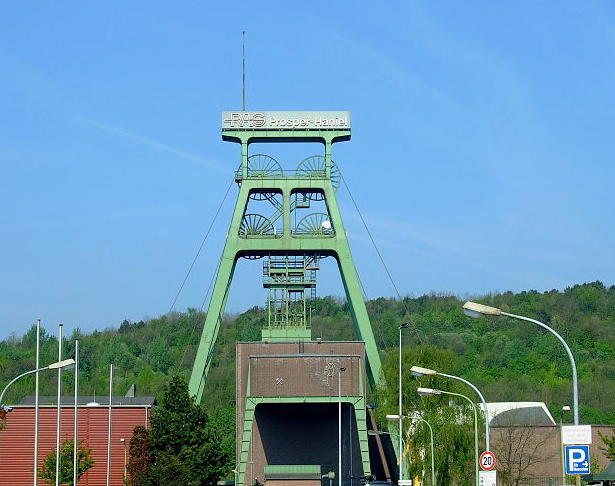German Coal Mine May Be Prime for Pumped Storage
Published on by Water Network Research, Official research team of The Water Network in Technology
Coal mine slated for retirement in 2018 will become a 200MW source of hydropower.

In the German state of North Rhine-Westphalia, a coal mine will close in 2018. Aging coal infrastructure, low wholesale power prices, and a move away from the highly polluting power source all make renewable energy the political darling of the day.
But that doesn’t mean the Prosper-Haniel coal mine will be shutting down completely. According to Bloomberg, North Rhine-Westphalia State Governor Hannelore Kraft recently confirmed that a project to turn the coal mine into pumped storage will move forward after mining activities have stopped.
Pumped storage has been used for decades, but placing a pumped storage scheme at a retired mine is somewhat new. Here’s how it works: when electricity is plentiful and cheap—say, on a windy day when the Sun is shining and solar panels and wind turbines are working at their maximum—a pumped storage facility pumps water from a lower reservoir up to an upper reservoir.
When electricity is scarce, the facility can release the water back down to the lower reservoir through a turbine, creating renewable hydroelectric power.
Traditionally, pumped storage has required fairly specific terrain. But a used coal mine can offer the right environment for pumped storage without natural elevation differences and reservoir capabilities, although mines do require extensive analysis to make sure they’re geologically fit for pumped storage.
The University of Duisburg-Essen (UDE) is working with mine owner RAG AG to complete the project, and, in a press release from August 2016, UDE professor André Niemann said the mine site is “suitable for the infrastructure to implement an underground pumped-storage power station as a closed system."
“We assume a storage volume of 600,000 cubic meters,” Niemann added at the time. “This means that at full charge you would have an output of about 200 megawatts for four hours.” The mine itself is 600m (nearly 2,000 ft) deep and has been in operation since 1974. Initial development of the pumped-storage project is being supported by funding from the North Rhine-Westphalia government as well as the EU.
According to Bloomberg, North Rhine-Westphalia is the source of more than a third of Germany’s power generation, including many coal plants. But the state plans to make 30 percent of its power mix renewably sourced by 2025, so officials are seeking energy storage solutions.
Read more at: Ars Technica
Media
Taxonomy
- Resource Management
- Energy
- Infrastructure
- Mine Drainage
- Hydro Power
- Renewable Energy
- Electrical Storage
- Pumped Storage
- Hydroelectric Energy